Noicattaro is one of the many characteristic villages of Apulia around the area of Bari which surely deserve a visit discovering places that tell about traditions made of history and religious folklore.
In particular, Noicattaro is one of the most interesting places to visit especially during Easter Holy Week, characterised by the traditional processions at the numerous churches in the town and by the cult and devotion rites related to the so-called crucifers.
Among the greatest prides of Noicattaro there is also the popular acknowledgement as the capital of grapes, especially for what concerns the Apulian varieties, typically sweet and large and exported throughout Europe.
Do you want to discover Noicattaro with us? Let's get started then!
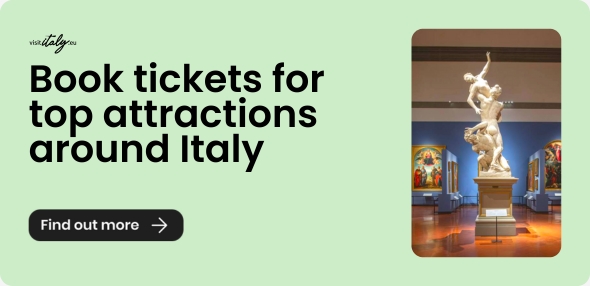
Visit Noicattaro: a village plenty of churches and historic buildings
A few kilometers away from the Adriatic coast and from Bari, the regional capital and one of the trendiest cities for international tourism, Noicattaro is a perfect destination to include in your travel itinerary in Apulia.
So, let’s go on a journey to discover Noicattaro! This village has an interesting historical and cultural heritage, visible especially through the numerous churches and palaces in the city, as well as through the typical Apulian rural landscape characterized by vineyards and many farms.
One of the most fascinating features of Noicattaro is its historic center built in the shape of a heart and gathered around the mother church. But this Apulian village has much more to tell its tourists: discover with us the most beautiful attractions to visit in this hidden gem!
Churches in Noicattaro
Noicattaro has a strong tradition deeply rooted in the Catholic faith, as shown by the many churches that adorn the town.
The oldest is the Collegiata di Santa Maria della Pace, the mother church built between the 12th and 13th centuries in Apulian Romanesque style, the same as Bari’s Basilica of St. Nicholas. With its 33-meter-high bell tower, it dominates the old town and houses carved columns, frescoes, sacred paintings, and a 15th-century polychrome wooden crucifix.
Moving toward Piazza Umberto I, you’ll find the Church of Maria Santissima Immacolata, built in the 18th century in Baroque style and renowned for the fine marble adorning its façade and the statues of Saint Lawrence and the Holy Physicians inside.
Also worth a visit is the Church of Madonna della Lama, which preserves paintings by Giuseppe De Mattia and papier-mâché statues depicting the Passion of Christ — a symbol of the town’s deep bond with Easter.
Rounding off the itinerary are the rural chapel of Santa Maria Incoronata, surrounded by the green countryside, and the Church of the Carmine, a Baroque gem known for its bell tower, partially destroyed by lightning in 1910.
The historic buildings of Noicattaro and Piazza Dossetti
In addition to the churches, safe places for the religious tradition of the village, in Noicattaro there are also many historic buildings to admire which tell about the history of the local society.
One of these is Palazzo della Cultura, a former Carmelite convent, characterized by an elegant neoclassical facade and now serving as an art gallery which houses modern and contemporary art, both local and from the rest of Italy, as well as a collection of archaeological finds.
You also shouldn't miss Palazzo Ducale, also known as Castle of Noja, used in the eighteenth century as the residence of the nobles of the Carafa family, very influential in the Noicattaro area. However, the origins of the building are much older, leaving clear traces of the presence of a real defensive fortress in the Norman age such as the large moat and the ruins of the tower.
However, Noicattaro is not only a place to admire and be fascinated by the past, but also a village with a pop soul. In particular, Piazza Dossetti is among the places that light up the town's evenings and holidays with concerts, shows and events, especially during the summer.
Easter in Noicattaro: the traditions of Holy Thursday
The traditions characterizing Easter in Noicattaro are among the most fascinating in Italy, to witness that religious folklore that distinguishes this Apulian village.
Holy Thursday is the most evocative day of Noicattaro’s Holy Week. It’s characterized by the lighting of a large good luck bonfire in the churchyard of the Madonna della Lama and by the procession of the crucifers, mysterious figures dressed in black clothes with hoods, barefoot and with the iconic crown of thorns on their heads.
The ritual of the crucifers is very intense and represents the passion of Christ: in fact, these people drag large wooden crosses through the streets of the town, wearing an iron chain at their feet and symbolically undergoing the scourge of Jesus.
The Holy Week processions in Noicattaro
In Noicattaro, Good Friday and Holy Saturday are dedicated respectively to:
- the procession of the Naka, a dialect word that means the deathbed of Jesus;
- the procession of the Addolorata, a suggestive habit that takes place at night only in the light of a few candles as a sign of mourning;
- finally, the traditional procession of the Mysteries, which marks the arrival of Easter and the celebrations.
How to get to Noicattaro?
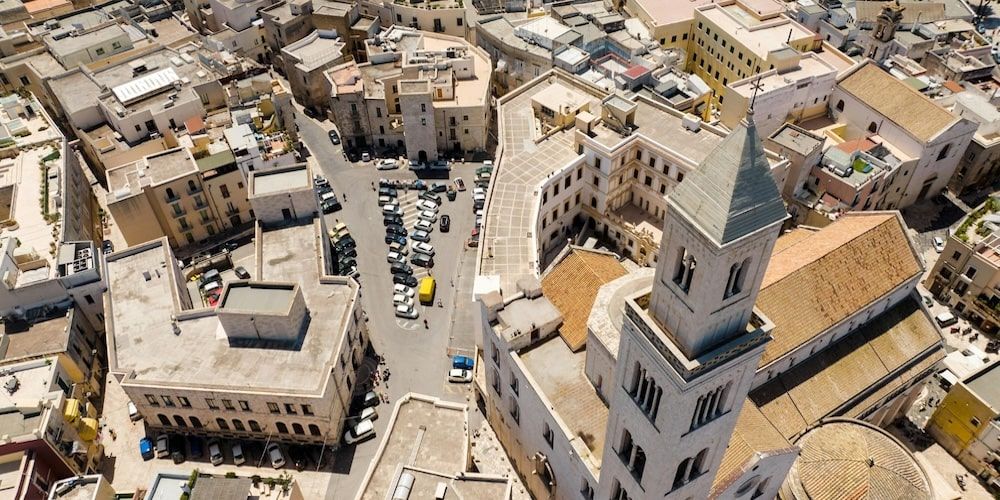
Noicattaro is located just a few kilometers south of Bari and is easily accessible by car or public transport.
Those traveling by car can take the SS16 Adriatica and exit at Torre a Mare, then continue for a few kilometers along the SP57 to reach Noicattaro’s historic center; from Bari, the journey takes about 20 minutes.
If you prefer the train, you can depart from Bari Centrale Station and reach the town via a regional train, or take a faster regional train to Torre a Mare and continue by local bus (these buses are also available directly from Bari Centrale).
For those arriving by plane, the Bari Karol Wojtyła International Airport is about 15 km from the city’s central station and can be reached by Ferrotramviaria (the fastest option), shuttle buses, or regular bus services.
Do you want to visit Noicattaro? We suggest you to come over here during Holy Week to witness these beautiful traditions live and enjoy a wonderful spring break in Apulia!
About the author
Written on 31/03/2023

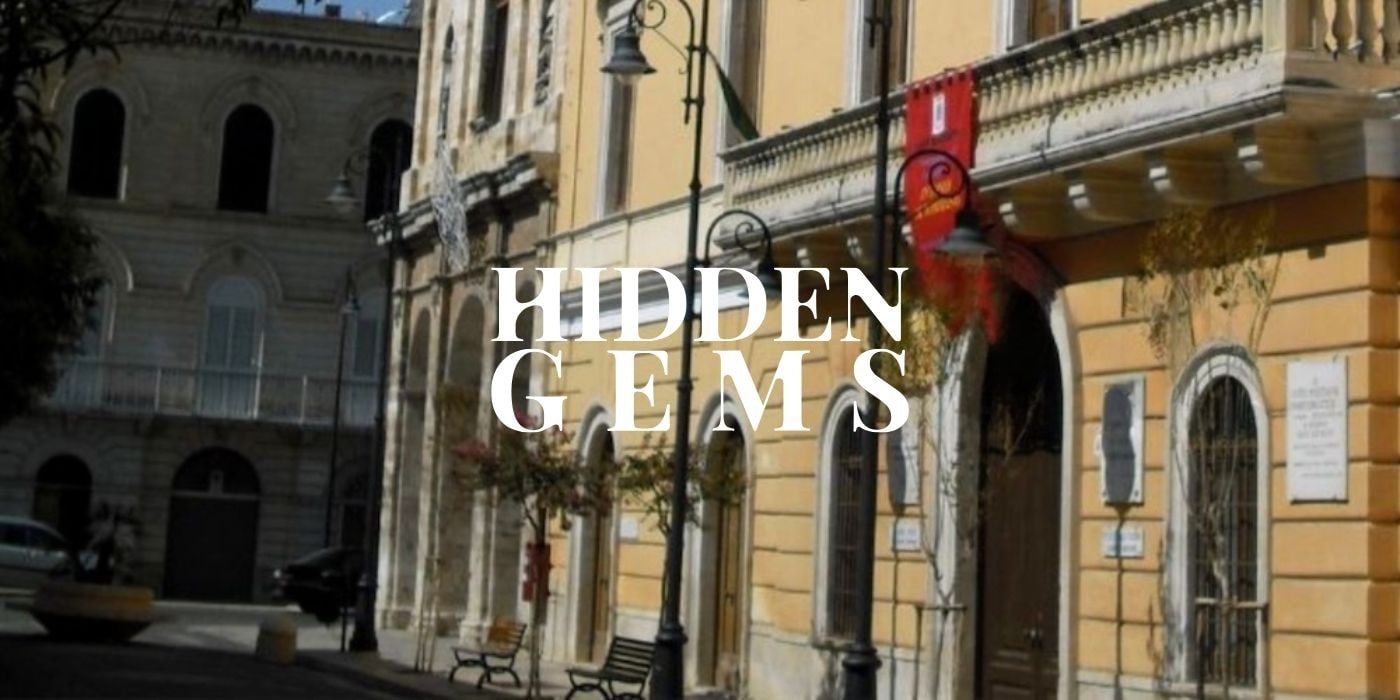
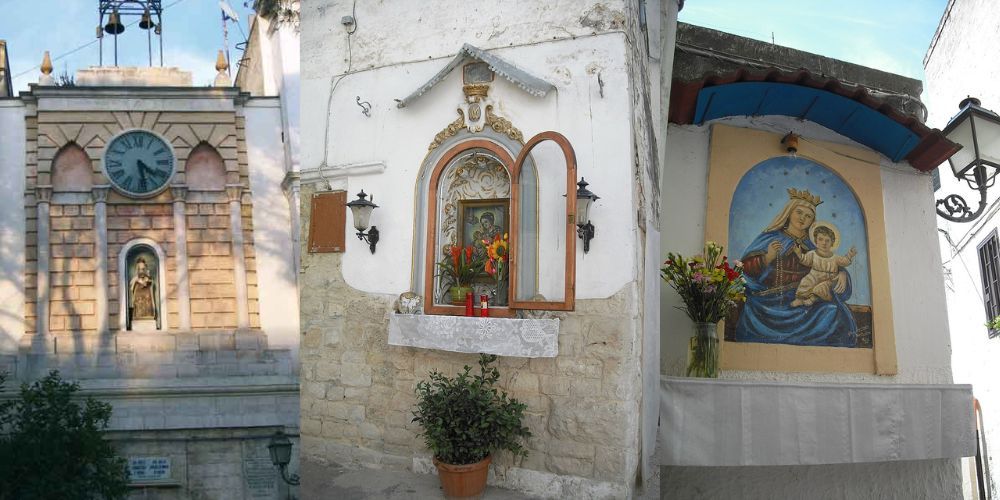
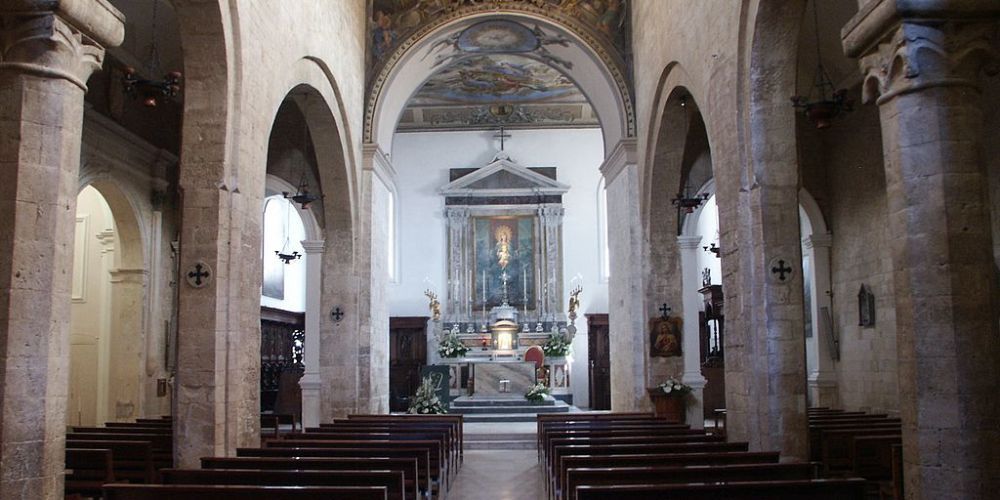
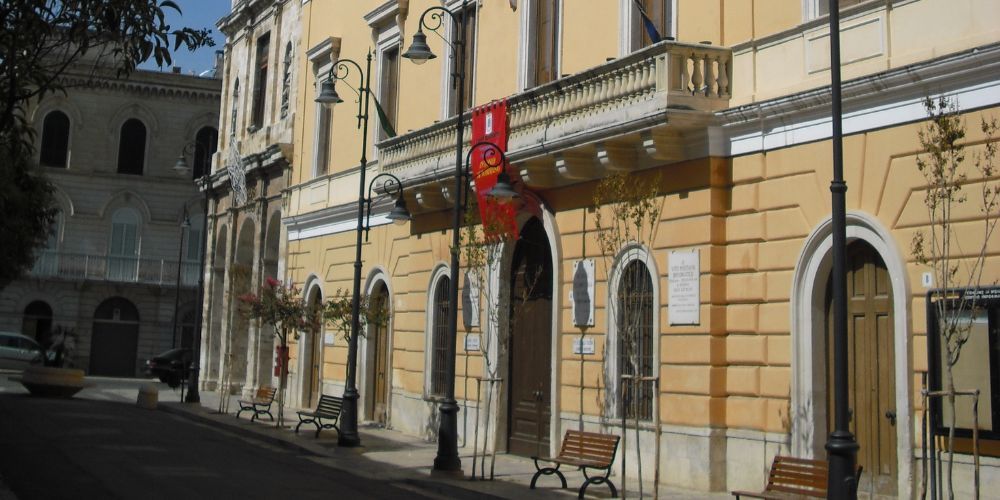
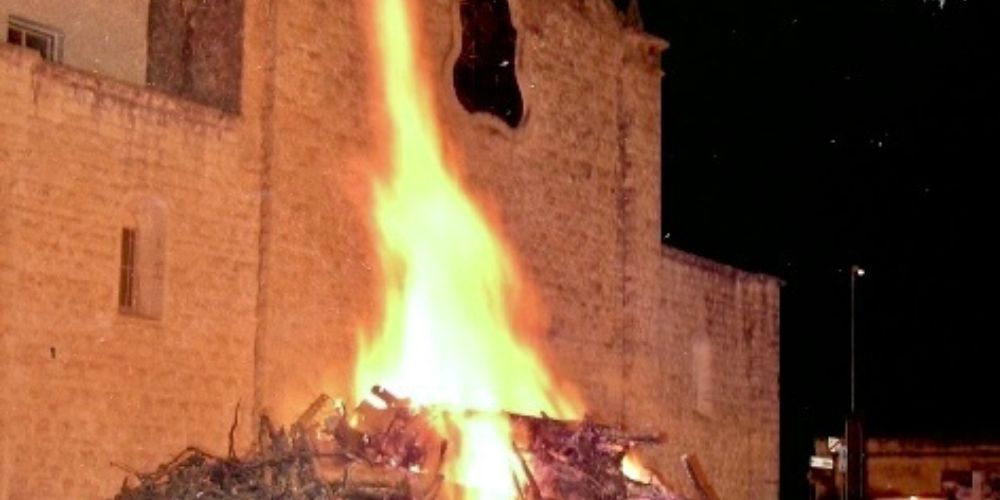

Massimiliano Antonio Primi
Near Bari there's a village plenty of history where religious culture has left a mark in the local tradition, especially at Easter: that’s Noicattaro.